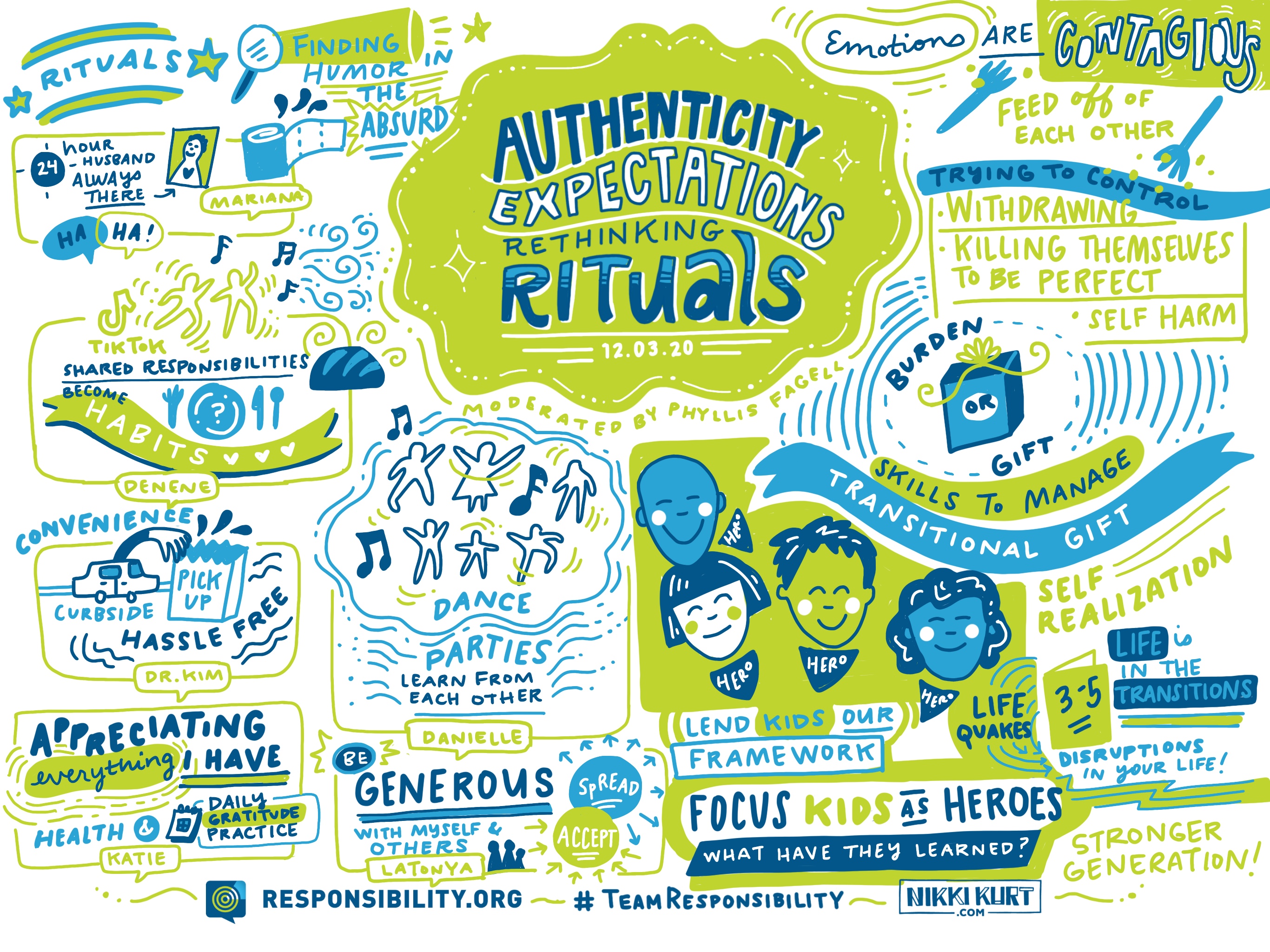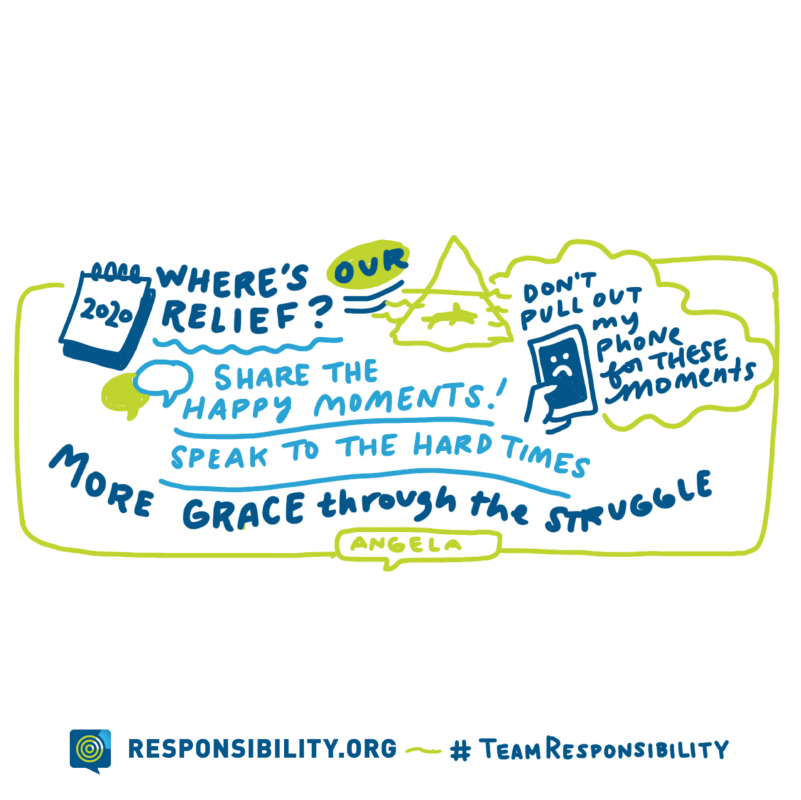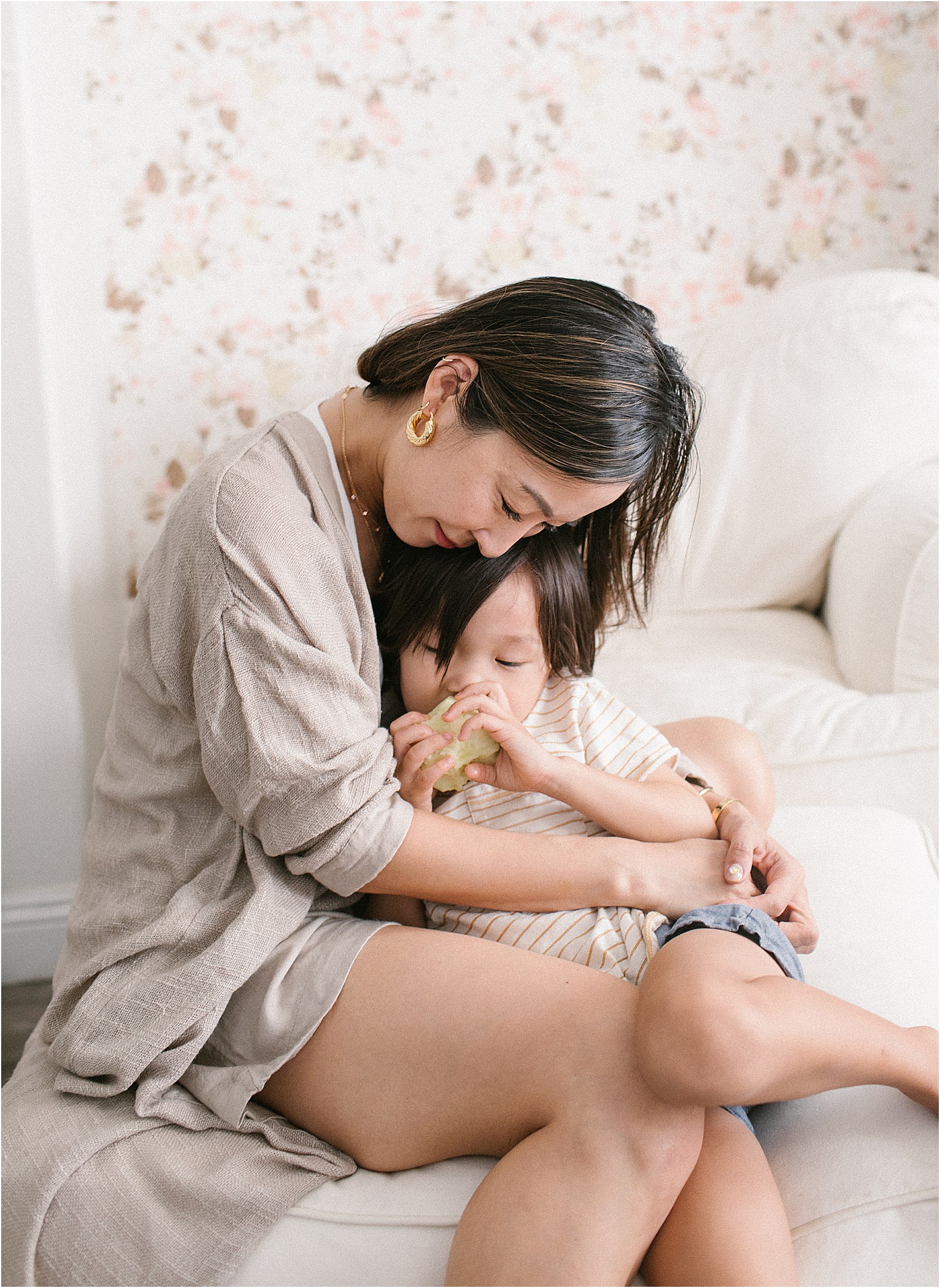I’m a proud responsibility.org ambassador this year and was compensated to write this blog post. As always all opinions are my own.
As we’ve begun a New Year, I’ve been reflecting on the extremely challenging one we just experienced in 2020. Everyone has had their own hardships, and responded in their own ways to all the heartbreak that occurred over this past year.
 As someone who is active on social media, I believe it is so important to be honest about the experiences we had, and continue to have. While it’s great to share the good moments, it’s equally as important to not sugar coat things.
As someone who is active on social media, I believe it is so important to be honest about the experiences we had, and continue to have. While it’s great to share the good moments, it’s equally as important to not sugar coat things.
Today I want to talk about the dangers of toxic positivity and how we can bring authentic conversations into 2021.

The Dangers of Toxic Positivity
What is toxic positivity?
Essentially, toxic positivity is when someone takes the stance that you should have a positive mindset and outlook, even if you are going through a difficult situation or experiencing emotional pain. Ultimately, toxic positivity is the rejection of negative emotions. This can show up in many ways.
For example, if a mother is going through postpartum depression and her friend says:
Oh this is just a phase, it will pass.
Most moms go through this. You’ll be okay.
Look on the bright side, at least you have a healthy baby. Lots of women don’t.
The truth is, these statement don’t bring any sense of peace to the mother who is struggling to get through each day. In fact, it may even make her feel like more of a failure because now she’s feels shame for her very real emotions.

How does toxic positivity show up on social media?
As an ambassador for Responsibility.org, I recently was part of a discussion with middle school counselor and author, Phyllis Fagell. She used an analogy that was very powerful.
She compared an iceberg to our social media feeds. Phyllis explained that we see the peak, but we don’t see all the sharks swimming below the water. For many people, we see snapshots of all the seemingly perfect moments on Instagram, but not the pain, the grief, the tantrums, and the anger.
While we scroll our social media feeds, we see smiling happy faces looking back at us, despite all the trauma going on in the world. Toxic positivity forces us to avoid feelings like sadness and self-compassion. In reality, feeling these things is necessary for our mental health.
Suppressing and avoiding any kind of emotions that aren’t considered positive often leads to depression.
This happened to me and such toxic positivity led to postpartum depression for me, which you can read about here.
Showing up authentically in 2021 is important for all of us, not only for each other but for our own emotional & mental well being. I know that in 2020 I became more comfortable sharing my feelings such as grief, sadness, anger, hopelessness, and compassion.
Alongside all the beautiful photos, there is such value in communicating that challenging moments do happen. We don’t always take a picture while we’re yelling at our children, or sitting in a hospital room, or crying in our bathroom…but we can still talk about it. Seeing and hearing about other people’s trials and tribulations can make us all feel a little less alone.

Toxic positivity in parenting
Toxic positivity is relevant with our kids in so many ways, most of which we may not even realize. As parents, we often diminish our children’s feelings without meaning to. For example, if our child is upset that their friend was mean to them at school, we may not see it as a big deal. However, to them it is. To them, it feels really big and sad.
Instead of saying things will be better tomorrow or you don’t want to play with that person anyway, we might try saying I bet that made you feel really sad. Let’s talk about it.
The key is not dismissing their feelings, even if we can’t relate to their experience or how they are reacting to it.

We also use toxic positivity when we hide our own emotions from our children or act like something isn’t happening when it clearly is. An example that comes to mind is if you and your spouse are fighting in front of your child, you may decide to not talk to your child about it because you feel like you’re protecting them. Yet, they clearly know it’s going on, and are likely more confused that you aren’t discussing it with them.
I bet you can think of a time when you’ve been crying and your son or daughter walks in. And you quickly wipe away your tears and say I’m fine, don’t worry.
What if we replaced this with: Yes, I am crying because I’m feeling sad. I know seeing me cry is different. But I still love you and you can ask me anything you want about it.
This is a powerful change that holds us accountable to face our emotions and model for our kids that it’s okay to not be happy all the time. Is it always going to be easy for us to have these authentic conversations? No, but it’s so worth it.

If you need more resources on how to avoid toxic positivity, Responsibility.org is a good place to start. They are committed to cultivating a lifetime of conversations between parents and their kids, including with respect to alcohol responsibility.
If you are looking for tips on helping children cope with difficult times and loss of rituals, you can read this post.

